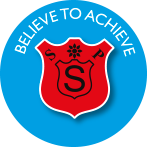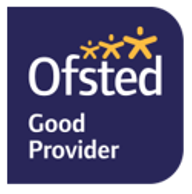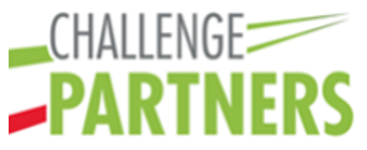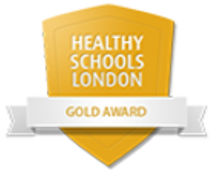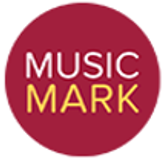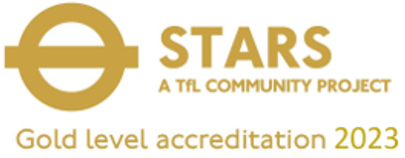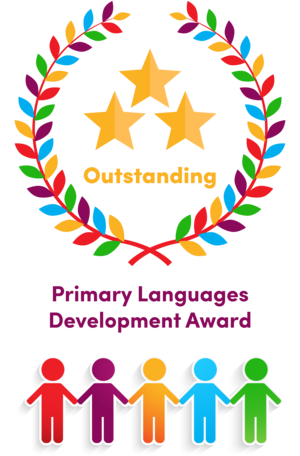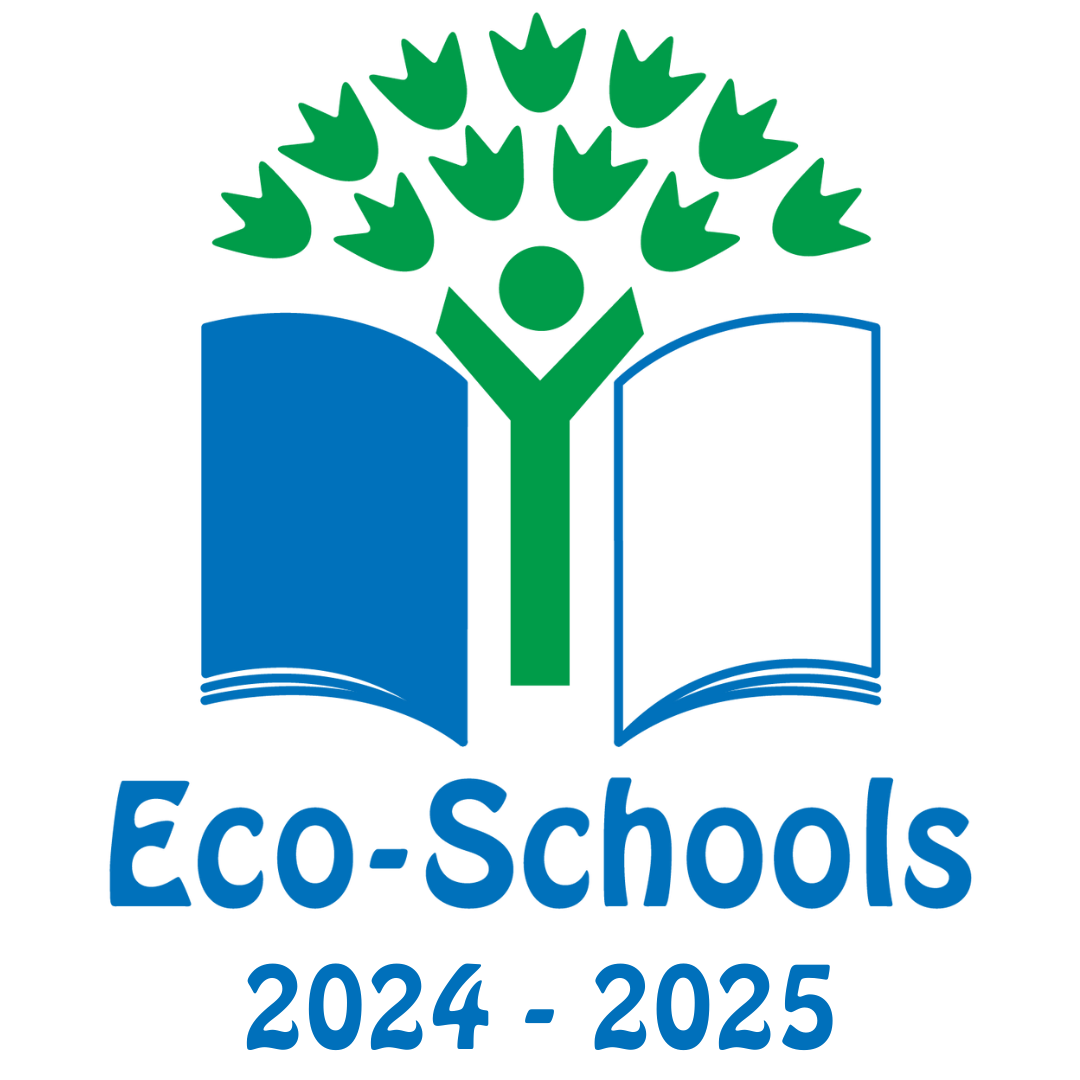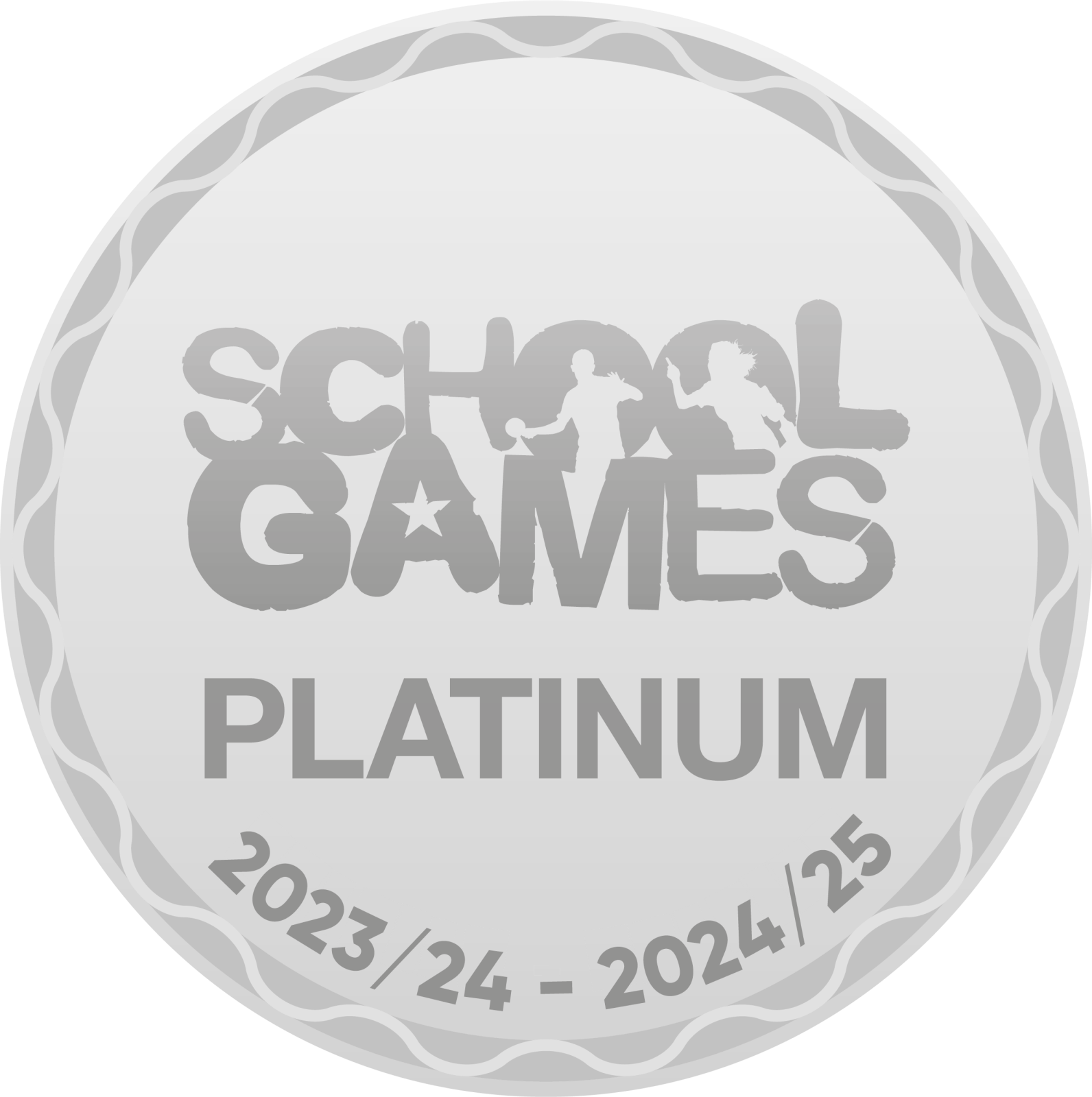English
Subject Leaders
Ms. Ghani (Head of English, EYFS & KS1), Ms. Hussain (Head of English, KS2) & Mr. Roper (Phonics and Library Lead)
Curriculum Purpose
Our curriculum advances children’s knowledge of the world by embracing the rich diversity of our school community to prepare them for the challenges and opportunities of modern life.
Curriculum Rationale
At Sudbury Primary School, our aim is to ensure that our pupils are confident users of all aspects of English and that they develop an understanding of the purpose and importance of English in their lives.
English is taught daily across the school. Links are made between genres of writing, Guided Reading, Whole Class Reading, reading for pleasure, and the projects being studied in Science, History, Geography and R.E., as this approach has been shown to deepen learning and engagement. Our pupils are encouraged to read for pleasure and to read widely, as our aim is for pupils to become life-long readers. We use the Sounds Write systematic synthetic phonics scheme, which includes fiction texts which feature diverse stories and characters, and non-fiction texts which provide pupils with knowledge of the world.
Writing is an integral part of learning at Sudbury. We follow the Talk for Writing programme, which is an engaging teaching framework developed by Pie Corbett, supported by Julia Strong. It is powerful because it is based on the principles of how children learn. It enables children to imitate the language they need for a particular topic orally, before reading and analysing model texts, and then writing their own version.
We use the Letter-join handwriting programme in order to develop handwriting, with joined writing being taught from Year 2 upwards.
Reading

Guided Reading
Phase 1 and Phase 2 carry out Guided Reading sessions with children in groups, based upon their reading ability and Phonics level. These sessions follow a carousel of activities:
- Pre-reading activity
- Read with the teacher (reading aloud, answering VIPERs questions, discussing the text with the teacher)
- Post-reading activity
- Reading comprehension activity
- Reading for pleasure / ’free reading’
These sessions take place on a fortnightly basis – during week 1, the Guided Reading session focuses on decoding and word reading skills and during week 2, the session focuses more on comprehension. Teachers select packs of phonetically-controlled books (decodable readers) whose levels match the group’s current Phonics knowledge.
Whole Class Reading
Phase 3 and 4 carry out Whole Class Reading, which is based upon the approaches shared and discussed in ‘Reading Reconsidered’ by Doug Lemov. Some of the strategies include:
- Uninterrupted reading using ‘Control the Game’
- Implicit and explicit vocabulary instruction linked to the text
- ‘Control the Game’ – the class teacher reading the text aloud and calling on children to read aloud to the class
- Comprehension through children answering Independent Questions
- Close Read (focusing on a shorter part of the text)
- Reading comprehension linked to the text
Teachers choose challenging, high-quality texts from the list of Sudbury Recommended Reads or other banded books/non-fiction texts, which are of an appropriate level to challenge all children in their class.
Reading Book Stations
Every phase has their own Reading Book Station with all the books they need. These are located in communal areas which are accessible to all members of the phase. Staff are expected to log in and out the packs that they take from the Station.
- Phase 1 and Phase 2 station (Phase 2 corridor), containing all phonetically-controlled books from the Initial and Extended Code.
- Phase 3 station (balcony), containing Pink to Grey banded books
- Phase 4 station (round building), containing all Grey to Dark Red banded books
Sudbury Recommended Reads
Every year group has a list comprising books that are suitable for most children (those at age-related expectations) in that year group and which they should aim to read before the end of the year. This list has been collated using Pie Corbett’s Reading Spines.
These books are available in classroom book corners and in our school library, Booktropolis. Children are encouraged to use these lists to select books to read for pleasure and to aim to read all of the books on the list by the end of the academic year. (See appendices for each year group’s Recommended Reads list.)
Summary
Children receive high quality reading instruction in class in Guided Reading or Whole Class Reading sessions. They then have access to 3 reading books to take home at any one time:
- One banded book from their phase’s Reading Book Station
- One book from the Sudbury Recommended Reads list, or a free choice of their own, to be taken from their classroom Book Corner
- One book from the Sudbury Recommended Reads list, or a free choice of their own, to be taken from Booktropolis
Phonics

At Sudbury Primary School we have chosen Sounds-Write as our validated Synthetic Phonics Programme.
It is a very highly structured, multi-sensory, incremental, and code-orientated linguistic phonics programme. It is very successful in teaching your children to read and spell because it starts with what all children know from a very young age and that is the sounds of our spoken language. Then it systematically teaches them how these sounds are coded so they can write.
We use simple visual, auditory, and kinaesthetic activities to provide stimulating lessons to engage your children in their learning.
The four key concepts the children are taught are:
- Letters are symbols that represent sounds
- Sounds can be spelled using 1, 2, 3 or 4 letters
- The same sound can be spelt in different ways
- The same spelling can represent different sounds.
The three skills children need to master are:
- Blending
- Segmenting
- Phoneme Manipulation.
The Sounds-Write programme takes children through systematic, incremental steps to teach them the 44 sounds in the English language and their multiple spellings.
This linguistic phonics programme will ensure your children will be confident readers and writers when they leave Sudbury. They will start in Nursery and make rapid progress, so they are reading and decoding by the end of Years 1 and 2 at a standard above their peers nationally.
The programme continues throughout your child’s time with us, right up to Year 6, to ensure they can correctly spell polysyllabic words at an age-appropriate level.
Sounds-Write is also designed to be an effective 1:1 intervention for our SEND and disadvantaged pupils helping them to catch up with their peers. Staff receive a 4-day training course in order to provide high quality phonics teaching at all times.
Here is the link to the parent/carer page of the Sounds-Write website:
Sounds-Write: Support for Parents and Carers
There is also an online course in two parts - and the first part is free!
'Help your child to read and write'
It's aimed specifically at parents and carers who are interested in putting their children on the first steps to literacy.
Part 1 covers the first seven units of the Initial Code, and Part 2 covers units 8 to 11 inclusive.
Please follow the link.
Every week children will be provided with a Phonetically Controlled Book in their book bag; that is targeted to their progress, so they will be able to read it to you as it contains only sounds that they have already learnt. Please fill in their guided reading record book each week, with how they read the book, in order to help us accurately maintain this.
Look out for workshops for parents to attend throughout the year to help you support your child at home with their phonics. If you are unsure about anything, please ask your child’s class teacher or seek me out in Year 1.
Clear Pronunciation of the sounds
//www.youtube.com/embed/a8ZMfYjdN-s#t=0.5
Phonics Overview
Parental Phonics Workshops
Phonics Progression Map
Sounds-Write Progression Map and Planning
Phonics Screening Check Workshop
Slides from Phonics Screening Check Workshop
Past Phonics Screening Checks
Past Phonics Screening Check test links
2014
https://dera.ioe.ac.uk/id/eprint/22676/1/STA147079e.pdf
2015
https://dera.ioe.ac.uk/id/eprint/23405/2/2015_phonics_screening_check_pdf
2016
https://dera.ioe.ac.uk/id/eprint/26733/2/2016_Phonics_screening_check_pupils__material s_-pdf
2017
https://assets.publishing.service.gov.uk/media/5a81d526e5274a2e8ab56126/STA177753p _2017_phonics_screening_check_pupils__materials_-pdf
2018
https://assets.publishing.service.gov.uk/media/5b20dae7ed915d2cb1626840/2018_phoni pdf.pdf
2019
https://assets.publishing.service.gov.uk/media/5d09f4e940f0b620071b65c6/2019_phonic pdf
2022
https://assets.publishing.service.gov.uk/media/62b03685d3bf7f0affd65591/STA228473e_Y R1_2022_Phonics_pupils_materials_standard.pdf
2023
https://assets.publishing.service.gov.uk/media/6495b5d783131100132962d0/2023_phonic s_pupils_materials_standard.pdf
Writing
At Sudbury, we follow the Talk for Writing approach to teaching writing. Talk for Writing supports the learning of a bank of well-known stories and other repetitive narrative structures. This is learnt through creative, enriching and fulfilling lessons, which centre around 3 stages. These are 'Imitation,' 'Innovation' and 'Independent Application.’
- Teachers set their pupils a ‘cold’ writing task
- Teachers may complete a ‘Cold Capture Sheet’ to help them to collate the strengths and weaknesses in their class, based on grammar, composition and vocabulary, and to identify targets
- These foci are used to help teachers to adapt and personalise their planning for their classes, and also to generate individual, personalised writing targets to every child in their class
- Teachers adapt their model text to suit the needs of their pupils
- A creative hook is planned and delivered, to inspire the children’s’ imaginations and to provide the children with a purpose and audience for their writing
- The model text is introduced and internalised
- Classes recite the model text in unison, while story mapping the text and generating actions together. These help the children to recall the language structures and vocabulary more readily when writing
- The children evaluate the text by boxing-up the structure, analysing the features and co-constructing the toolkits for the text
- Pupils create a new plan for their own innovated version of the model text
- They write their new version of the model text through structured teaching of the grammatical skills required and shared writing to model the necessary features
- Other models of specific features or skills are shared with the pupils throughout the ‘Innovation’ stage
- Teachers assess the children’s writing, in line with the school’s Assessment, Feedback and Marking Policy and provide ‘Feedback and Feedforward’ – which is one of our 7 Steps to Success
- Based on this feedback, pupils write their own independent version of the text – this is their ‘hot’ task
- Teachers and pupils compare the children’s ‘cold’ and ‘hot’ tasks and assess their progress
In EYFS and the early stages of Year 1, the ‘cold’ and ‘hot’ tasks can be oral – the children are asked to tell a story in the first instance and then asked to retell one after they have engaged with a model text.
Grammar, Punctuation and Spelling
The understanding of grammar is a cornerstone of reading and writing; therefore, it is given a high profile at Sudbury. Teachers regularly plan and deliver discrete grammar-based lessons, to introduce specific grammar features or skills for use in their pupils’ writing. Grammar starters are also regularly taught, in order to consolidate and reinforce pupils’ grammar knowledge.
At Sudbury, we follow the National Curriculum expectations and Programmes of Study, to ensure that the relevant content is taught in each year group. Pupils sit Grammar assessments at each of the three Assessment Points each year.
Each year, we subscribe to the www.spag.com website, and teachers regularly set pupils online tests to consolidate, assess and improve their grammar knowledge.
Opportunities for teachers to enhance pupils’ vocabulary arise naturally from their reading and writing. We use vocabulary books to record new vocabulary throughout the day, based upon the reading and writing which takes place in class. As vocabulary increases, teachers show pupils how to understand the relationships between words, how to understand nuances in meaning, and how to develop their understanding of, and ability to use, language.
Teachers model Standard English and create a language-rich environment through their displays and working walls. It is important that pupils learn the correct grammatical terms in English and that these terms are integrated within teaching by the time they leave that year group.
Spellings are sent home each week according to the needs of the children. These lists are based upon spelling rules, commonly misspelled words, National Curriculum word lists, topic words or misspelt words from pupils’ written work.
The regular reading which takes place at Sudbury, as well as the use of vocabulary books and the development of a language-rich environment, means that all children are able to build up the number of commonly known words that they know and are able to use them in the correct context. Through the regular teaching of writing and use of feedback, children learn to identify misspelt words in their written work and increase the number of correct spellings appearing in their written work.
Handwriting
At Sudbury Primary School, we use Letter-join as the basis of our handwriting policy that covers all the requirements of the 2014 National Curriculum. At the end of Key Stage 2, all pupils should have the ability to produce fluent, legible and, eventually, speedy joined-up handwriting, and to understand the different forms of handwriting used for different purposes.
We aim for our pupils to develop neat, legible handwriting using continuous cursive letters that leads to producing letters and words automatically at speed in independent writing. We aim to make handwriting an automatic process that does not interfere with creative and mental thinking.
All teachers have high expectations regarding the presentation of work in all areas of the curriculum. Across the school, a consistent approach is used. All staff are expected to model the cursive Letter-join handwriting style when modelling writing in lessons, when writing comments on children’s work or when producing displays.


Curriculum map
TBC
Progression Map
Enrichment
TBC
Resources
Sudbury Recommended Reads - Nursery
Sudbury Recommended Reads - Reception
Sudbury Recommended Reads - Year 1
Sudbury Recommended Reads - Year 2
Sudbury Recommended Reads - Year 3
Sudbury Recommended Reads - Year 4

